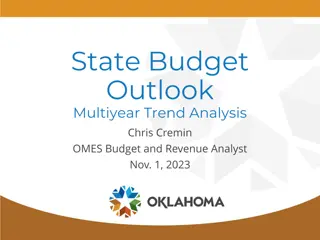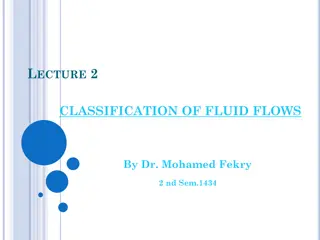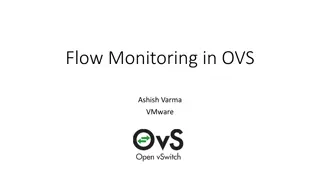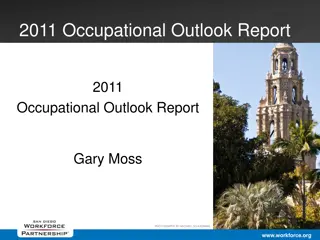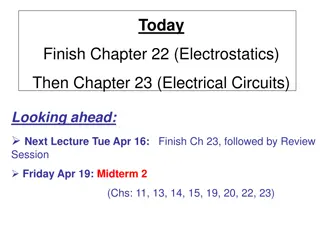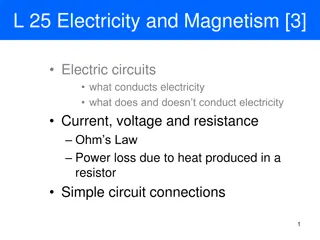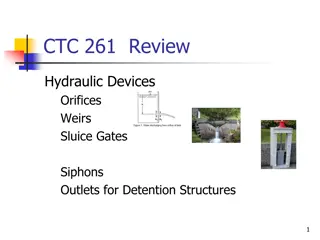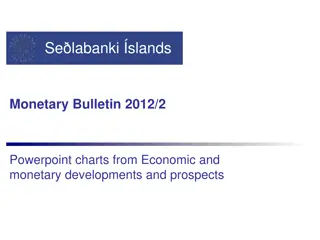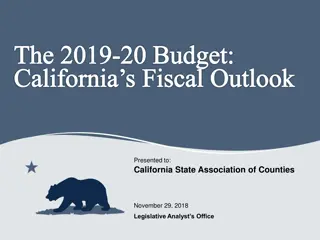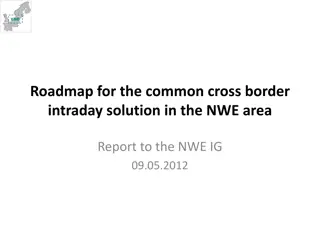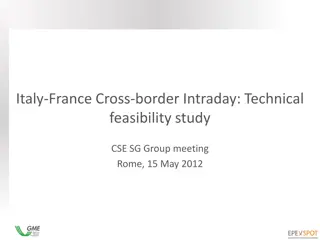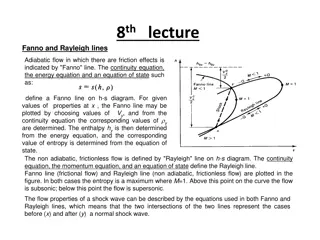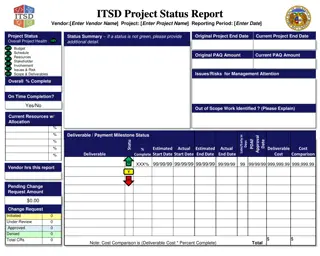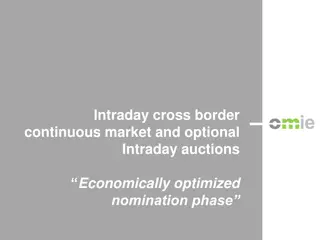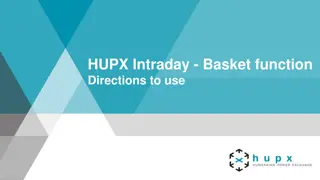CWE Flow-Based Intraday Developments - Current Status and Future Outlook
CWE has been working on implementing Flow-Based Intraday Capacity Calculation (FB.IDCC) initiatives since 2014, focusing on improving ID ATC processes and methodologies. Despite challenges with CGMES standards implementation causing delays, CWE TSOs and NRAs have agreed to temporarily halt FB.IDCC activities until the transition is completed. Once the transition nears completion, a decision will be made on continuing FB.IDCC developments in CWE or the CCR Core. CWE TSOs are also exploring enhancements for the ID ATC process post-FBMC.
Download Presentation

Please find below an Image/Link to download the presentation.
The content on the website is provided AS IS for your information and personal use only. It may not be sold, licensed, or shared on other websites without obtaining consent from the author. Download presentation by click this link. If you encounter any issues during the download, it is possible that the publisher has removed the file from their server.
E N D
Presentation Transcript
CWE Consultative Group meeting Brussels, April 17th2019 Sheraton Brussels Airport 1
6.CWE Flow-Based Intraday developments FB IDCC implementation: introduction (1/2) CWE TSOs started to work on new Intraday capacity calculation methodologies in Q2 2014. The focus was on implementing an coordinated ID ATC increase/decrease process after FBMC prior to developing an Intraday flow-based capacity calculation (the target solution). In Q2 of 2015 the work for Flow Based Intraday Capacity Calculation was initiated (FB IDCC) while improving the ID ATC increase/decrease process in parallel. Accomplishments for CWE Intraday ATC after FBMC Go-live of the coordinated ID ATC after FBMC (increase/decrease process) in Q1 2016 and implementation of further improvements Update of maximum increase values and partial steps in May 2017 Daily publication of increase/decrease values in September 2017 Accomplishments for CWE Flow based IDCC can be found on the next slide 2
6.CWE Flow-Based Intraday developments FB IDCC implementation: introduction (2/2) Accomplishments for Flow Based IDCC Q1 2015: NRA position paper on FB DA methodology Calls for development of ID capacity re-calculation methodology, based on latest available information Q3 2016: FB IDCC initial experimentation Q2 2017: FB IDCC methodology submitted to NRAs including one recomputation of ID ATCs Q2 2017 Q3 2018: Internal // run (using new prototypes including Remedial Action Optimization) performed by CWE TSOs. Q3 2017: FB IDCC methodology approved by some NRAs (but an update is requested before the go-live). Q2 2018: Amended FB IDCC methodology submitted considering NRAs position paper (Q3 2017) 3
6.CWE Flow-Based Intraday developments FB IDCC implementation: current status and next steps Since the beginning, CWE FB IDCC was designed to use the new CGMES standards format defined by ENTSO-E. Despite some mitigation measures, the CWE FB IDCC project as today cannot continue as initially planned due to the high risks and uncertainties, and the unavailability of a pan-European CGM creation process in CGMES. CWE TSOs and NRAs have extensively discussed the way forward with FB IDCC, considering the delay in implementation of the CGMES standards, and agreed to put on hold FB IDCC activities within CWE until the CGMES transition is nearly completed. Implementation of CGMES standards in TSOs exchanges is a prerequisite for an optimal FB IDCC solution. As the CGMES project has a delay of 2 years, CWE TSOs and NRAs conclude that the optimal way forward in matters of costs and time is to wait until the CGMES transition is nearly completed. Once the CGMES transition is near to final, a decision can be reached on whether FB IDCC developments should be continued in CWE or in the CCR Core. CWE TSOs are assessing further improvements for the ID ATC after FBMC increase/decrease process (see next topic). 4
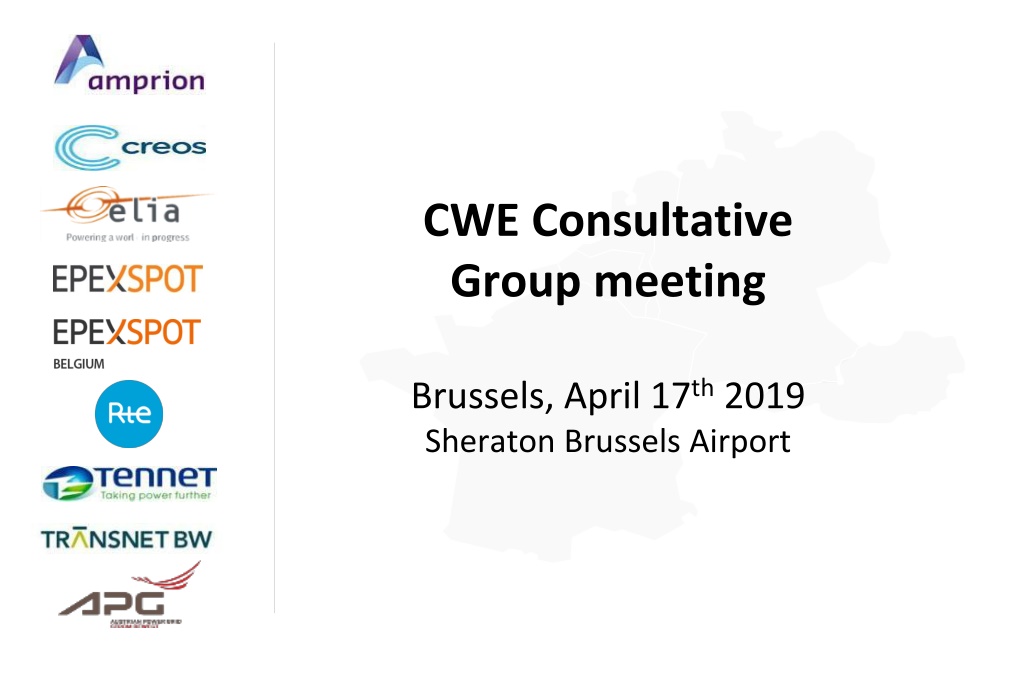
 undefined
undefined